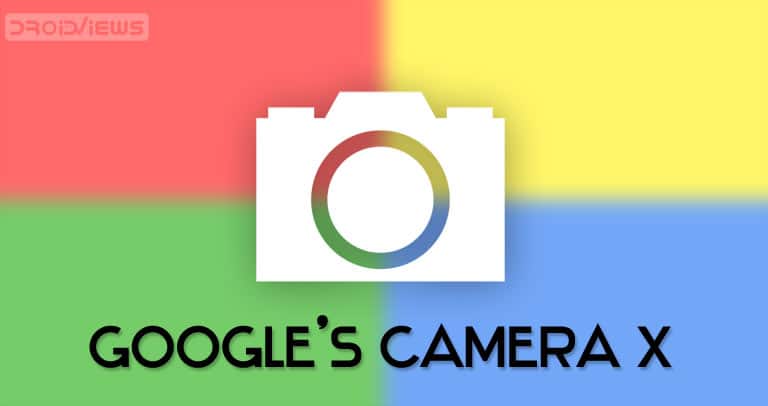
No, it is not a new version of Google Camera with any drastic changes over the previous versions. CameraX is, in fact, an API. And it is not of much use to users, at least not directly. Before you dismiss it as something only developers should care about, there are a few things you might want to know. That is if you’re somewhat of a tech enthusiast and like knowing things.
What is Google CameraX?
So first things first, what is Google Camera X? As I said, it is a new API. According to the official Android documentation, “CameraX is a Jetpack support library, built to help you make camera app development easier.” Google revealed this API at the Google I/O 2019 much to the relief of developers interested in making camera-based apps.
Why does the CameraX API exist?
Android’s camera API has never been the simplest thing to implement for developers. Originally, it was called the Camera API, but it was later deprecated in favor of the vastly superior Camera2 API. Camera2 API not only allowed developers to implement more features, but it also aimed to provide developers with a better experience when dealing with camera APIs on Android.
However, it was still not quite a walk in the park to use it. A lot of the difficulties still existed when it came to implementing camera features within Android apps. This was true even for simple use cases. The new Google CameraX API aims to make the process less painful. In fact, it greatly simplifies the implementation process for minSDK 21 and above. To put things in perspective, CameraX API allows developers to implement non-native camera features with as little as two lines of code.
How does it benefit the end-user (you)?
You may have noticed, that no other third-party camera app on your Pixel is as good as Google camera. Well, no other camera app is as good as Google Camera anywhere. But you may have seen this on other phones as well. For example, the stock camera app on Samsung Galaxy devices. No app on the Play Store can beat it. Sure, they can always apply more filters, fancy stickers, but when it comes to the actual image quality, the built-in camera apps are almost always superior.
That’s because most manufacturers use computational photography to make images better in post-processing. Third-party developers don’t have those resources or didn’t until now. The CameraX API allows developers to implement those native camera features in their apps. Moreover, it also lets developers implement features that were previously native to a specific device. For example, consider the Google Pixel devices and their fantastic Night Sight mode.
Don’t Miss: How to Customize the Google Discover Feeds
Google has made that, and other features such as HDR, portrait, beauty, etc. available via the CameraX API. These are called CameraX Extensions. Interested developers can implement these features in their camera apps in a similar fashion as you would add more features to your web-browser via extensions.
Which devices support it?
Much like the Camera2 API, OEMs will have to enable support for the CameraX API. We’ve seen many OEMs not doing this before, like Xiaomi, but eventually, they did open up. As of now, there are only a handful of devices on which developers can make use of the CameraX API.
- Samsung (HDR, Night, Beauty, Auto): Galaxy Note 10 series
- Huawei (HDR, Portrait): Mate 20 series, P30 series, Honor Magic 2, Honor View 20
The API is still pretty much in its alpha stages though. Google is expecting to release the final API sometime in December, so the beta is probably right around the corner. Once the final API is released, we can expect more support for it from manufacturers and more developers making use of it. Some manufacturers are already aboard as well including Oppo and its sub-brand Realme.
Big news today from @Google Developer Days China 2019 👉 @Android #CameraX is now on select @OPPO devices!
We're thrilled to be working with Google to empower developers w/ the tools to create the best app experiences for users! pic.twitter.com/QLlMGKOE0o
— Alen Wu (@AlenWuOPPO) September 11, 2019
A very good example of a third-party app benefiting from the new CameraX API would be Snapchat. The popular photo chat service has been notoriously known for providing a bad camera experience on Android devices. It could benefit greatly from Google or OPPO’s HDR mode.
Read Next: How to Add Timestamp to Photos on Android



Join The Discussion: